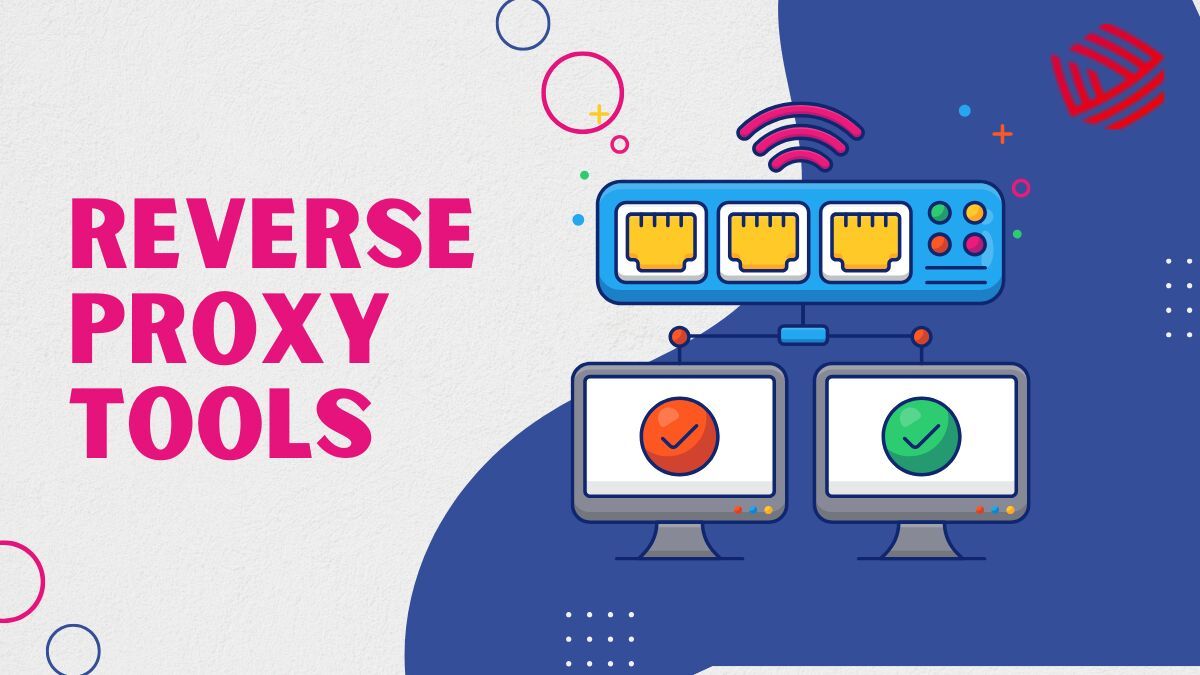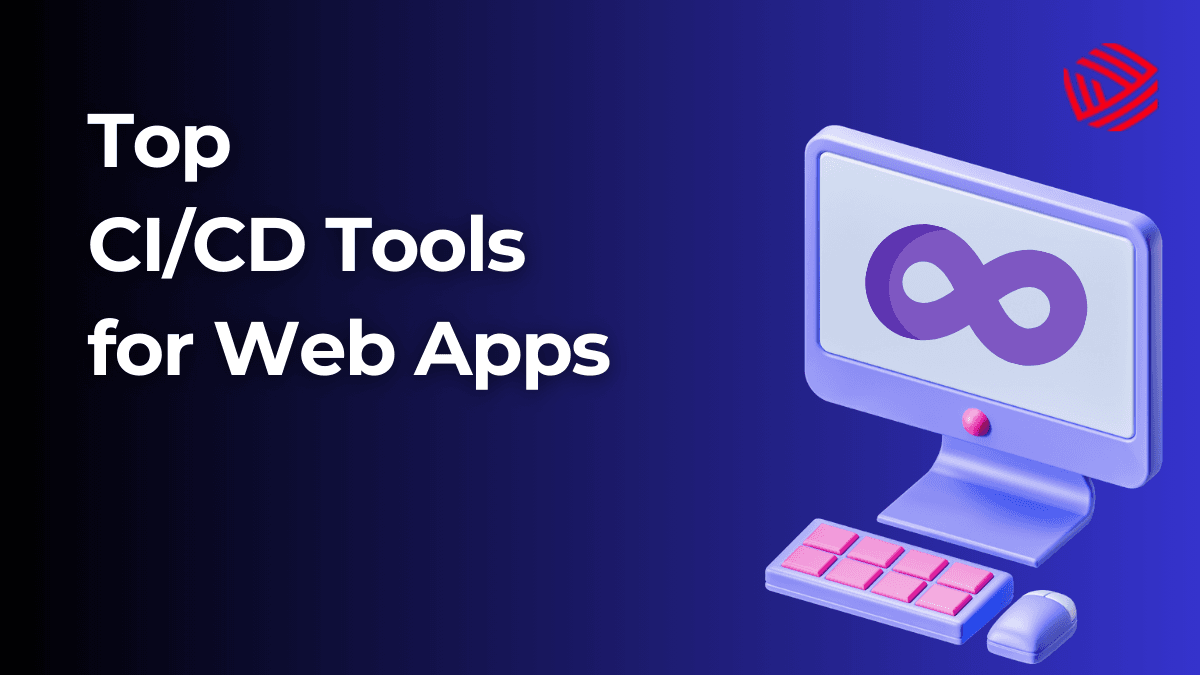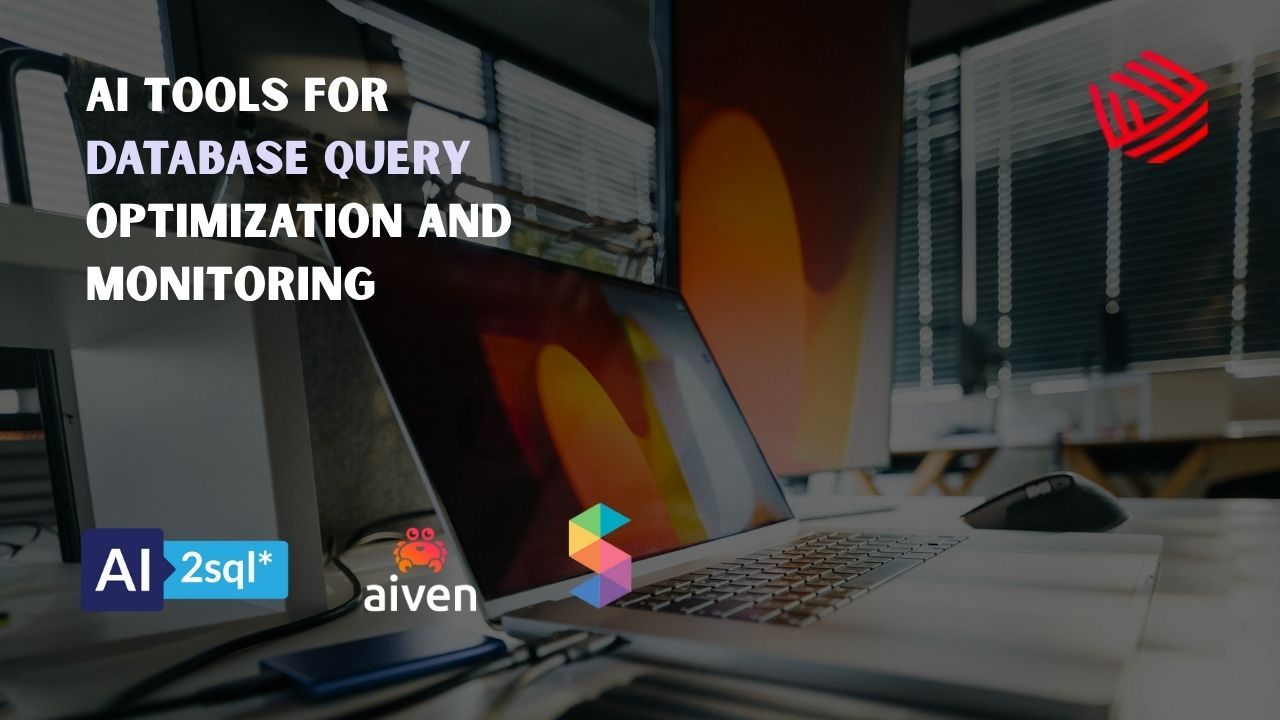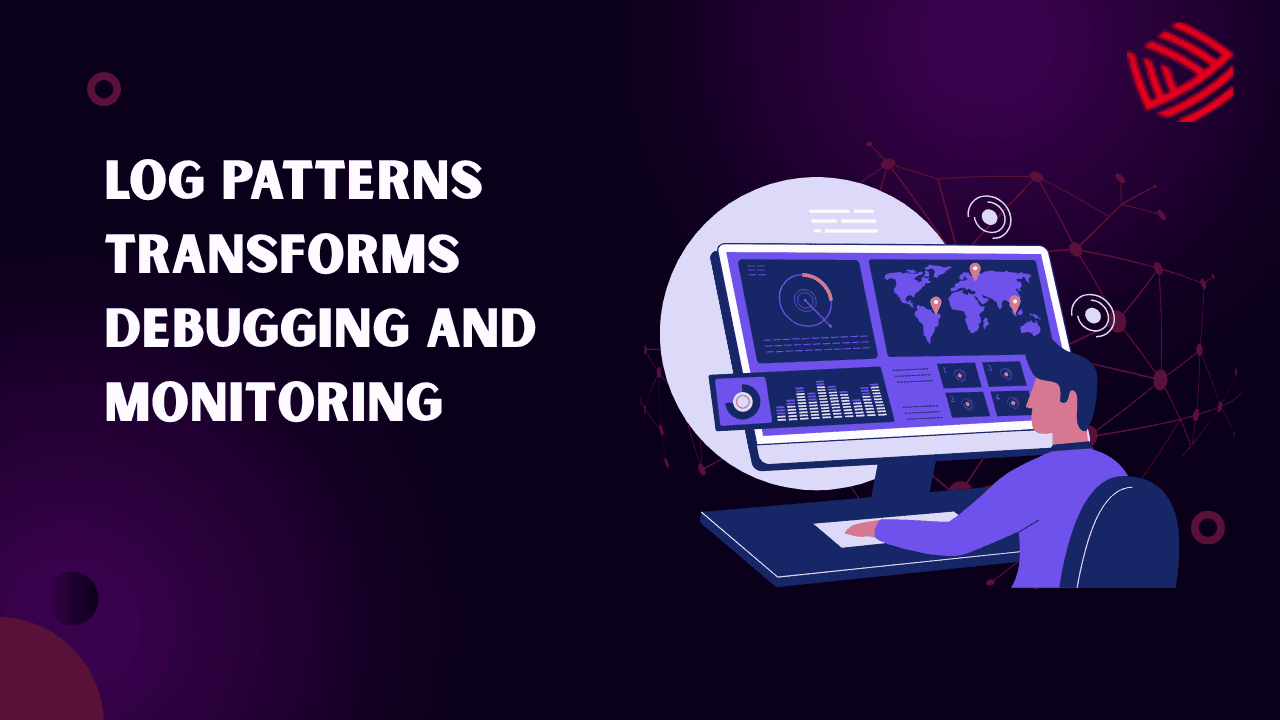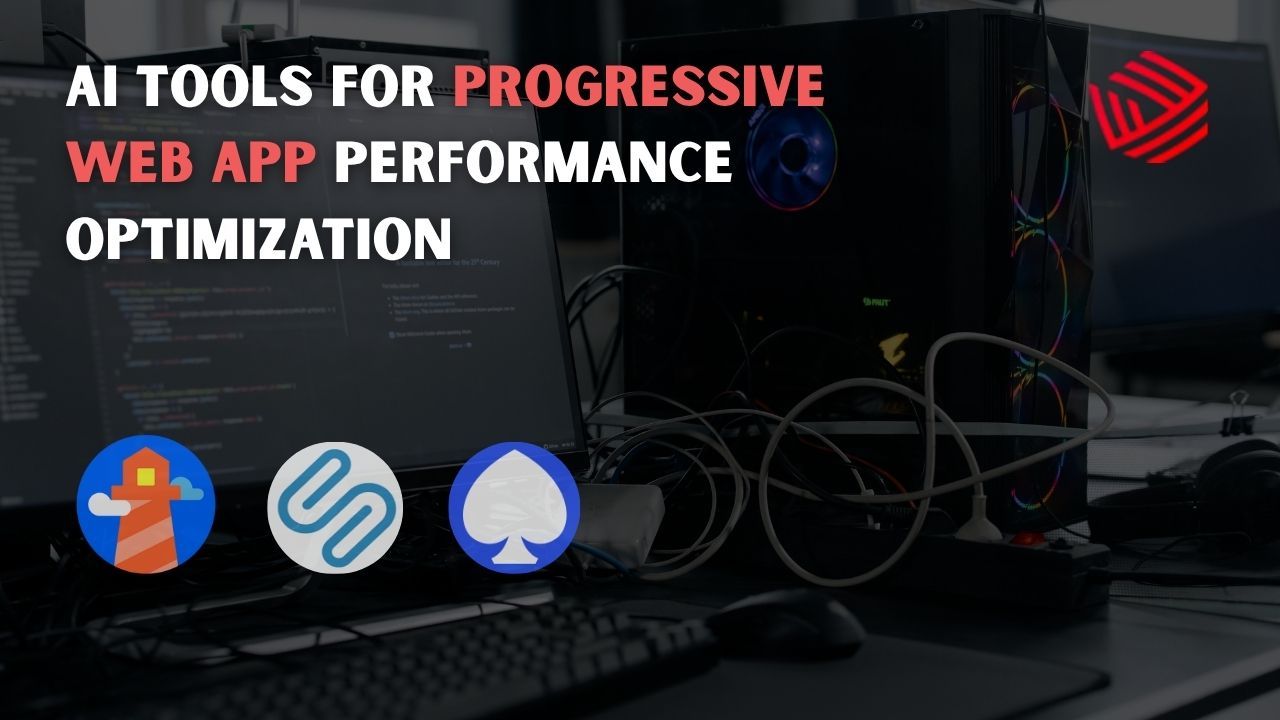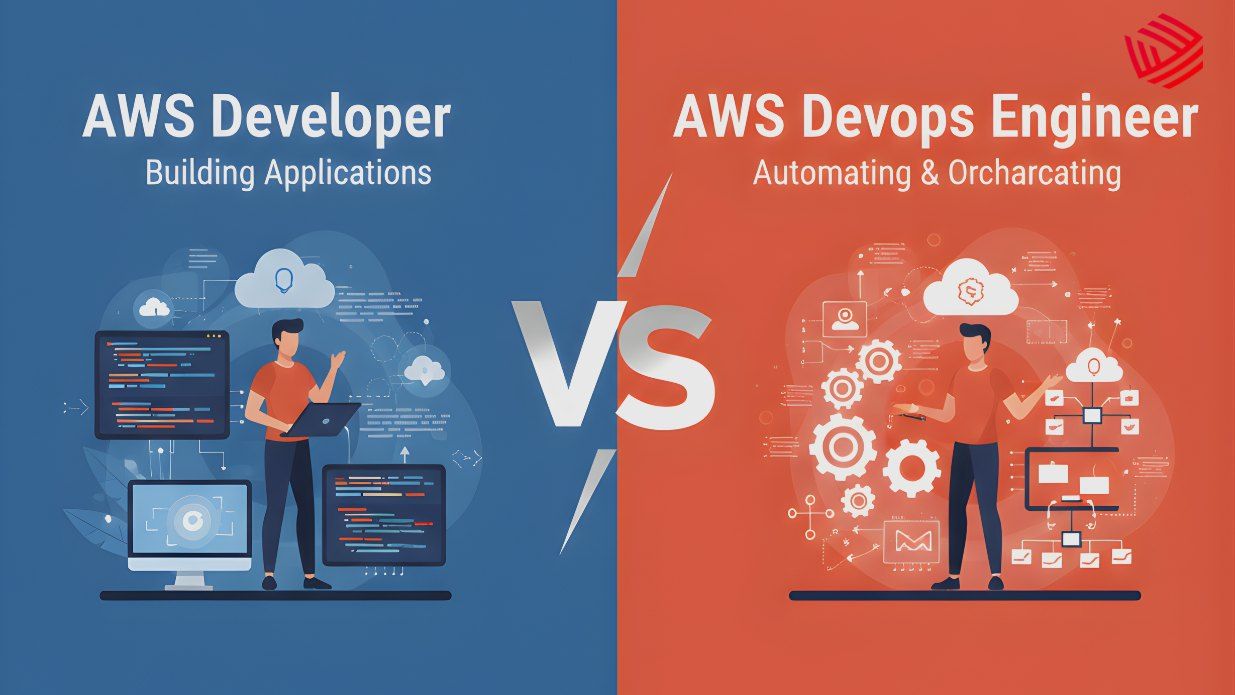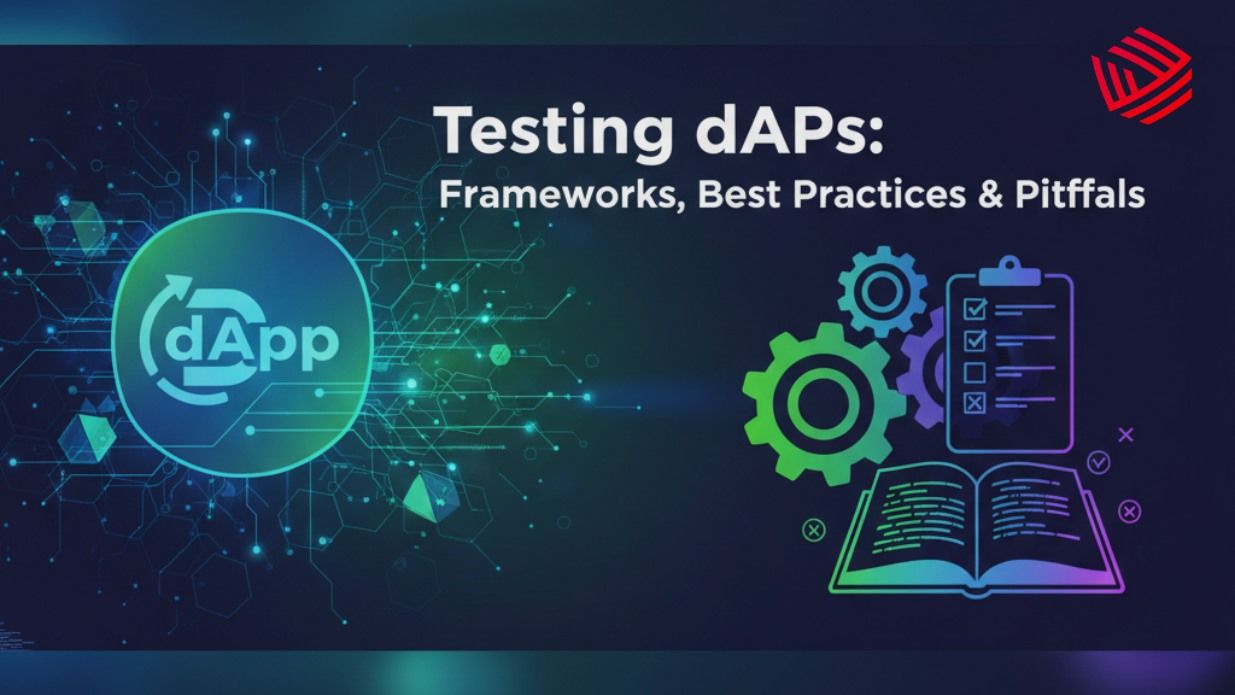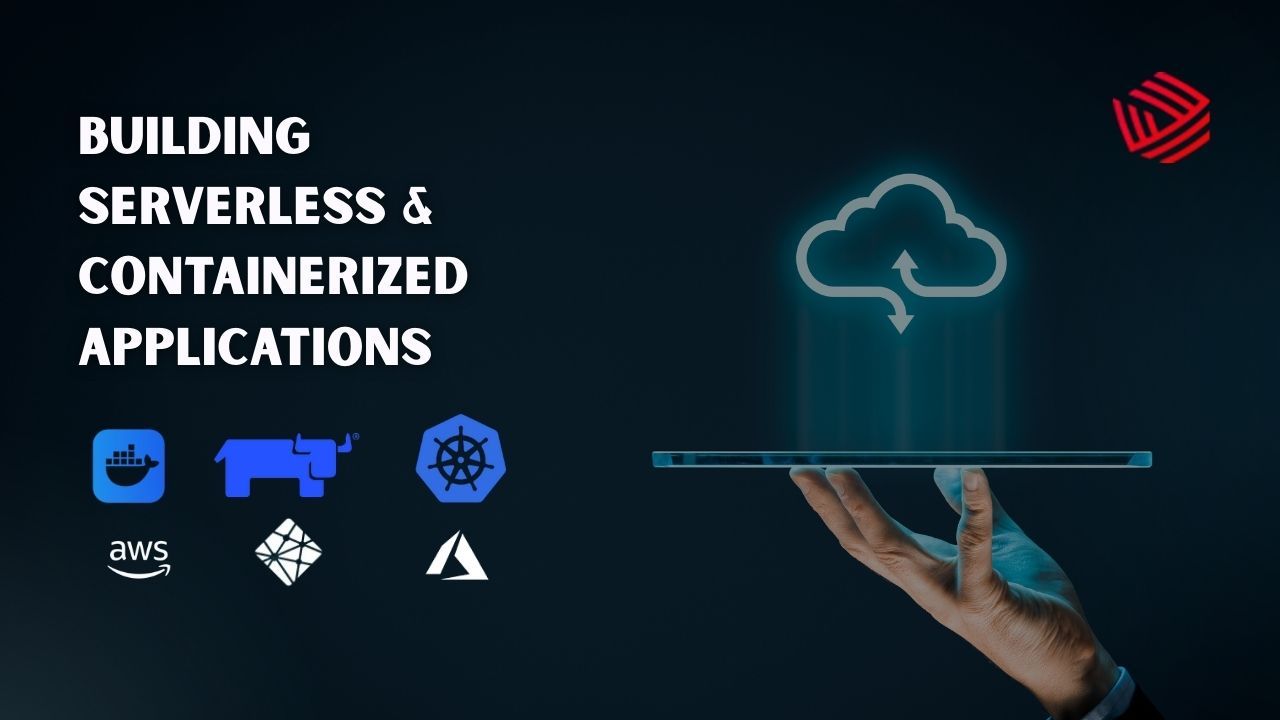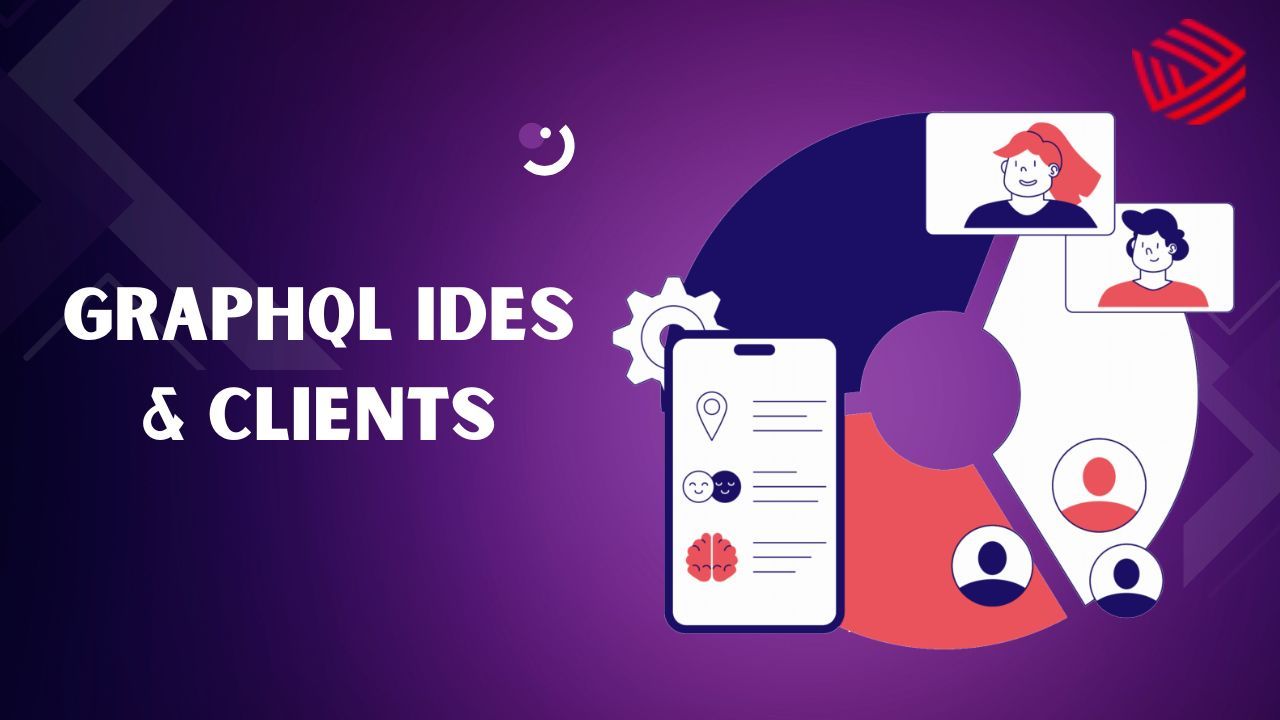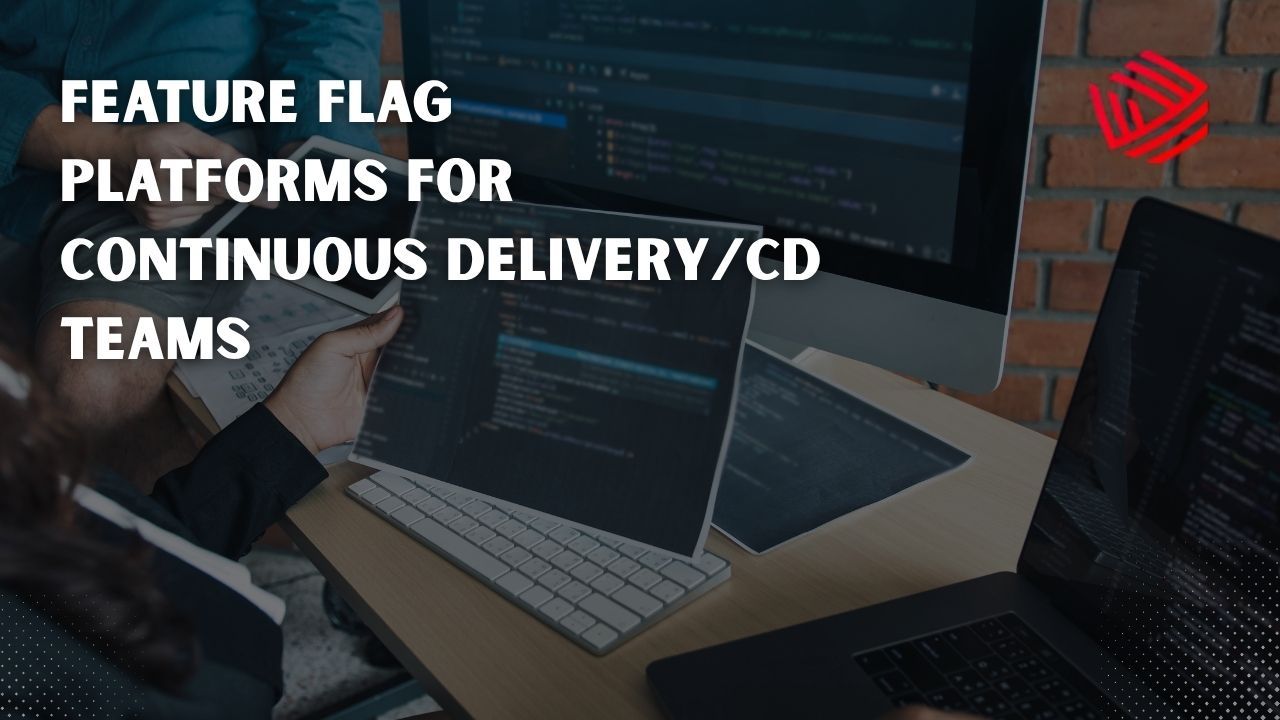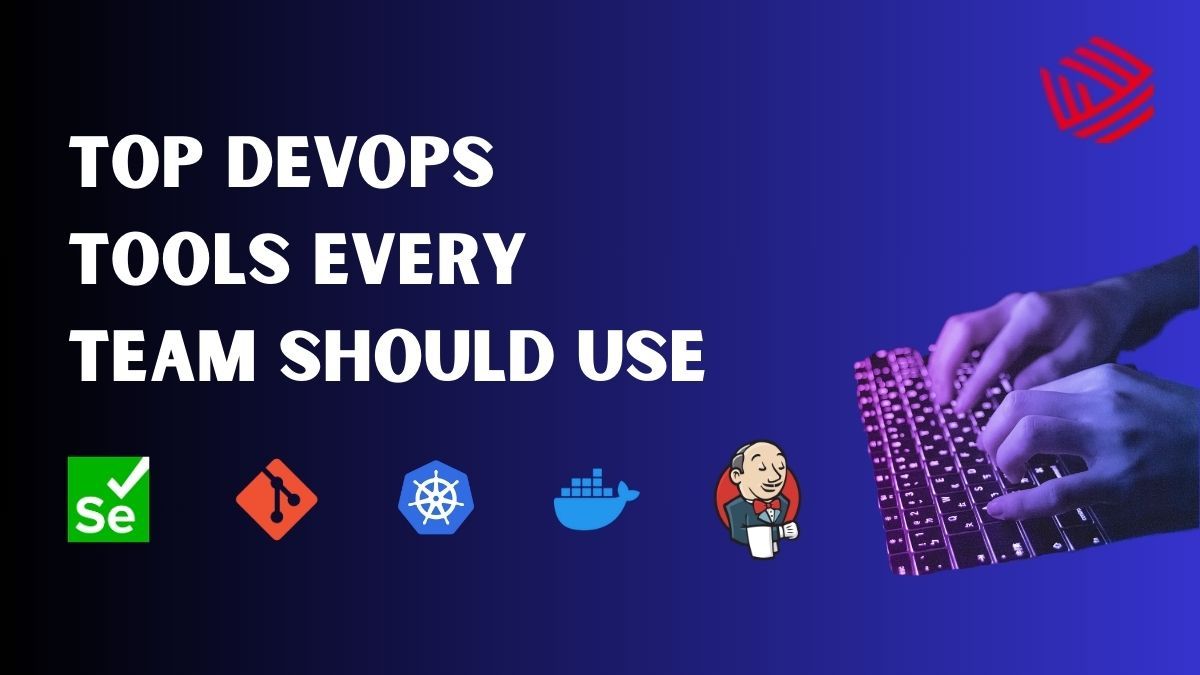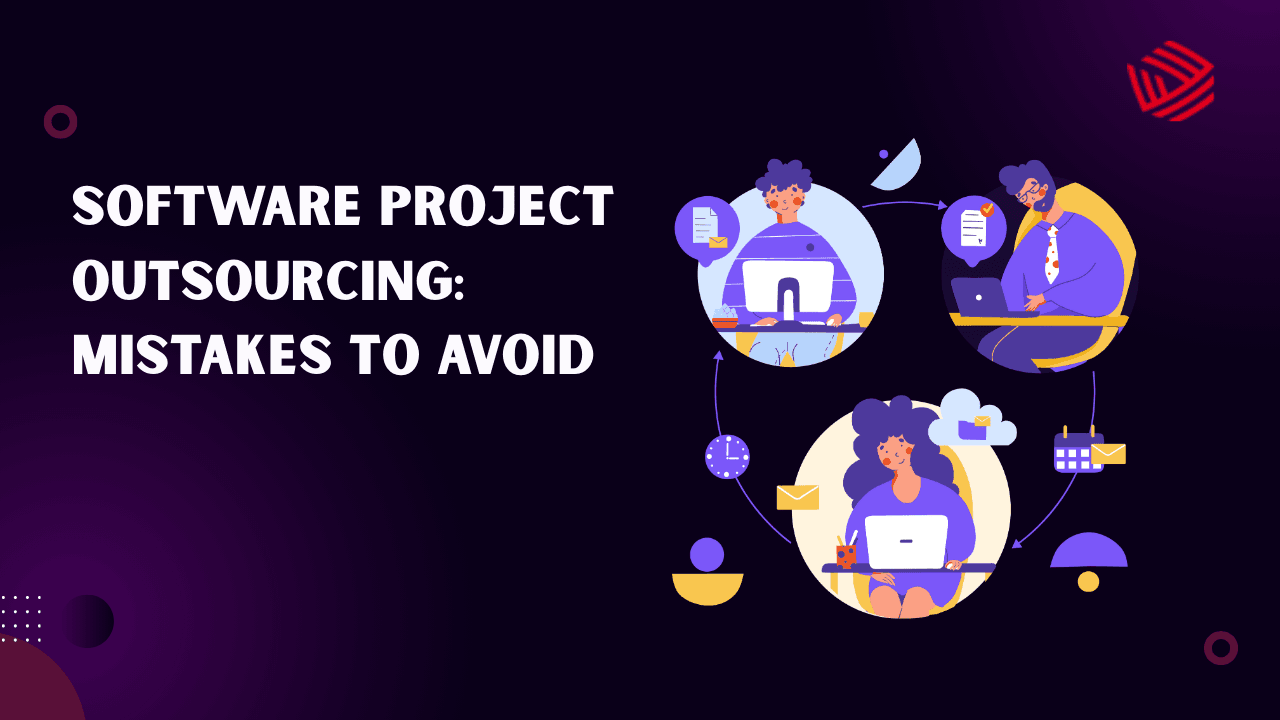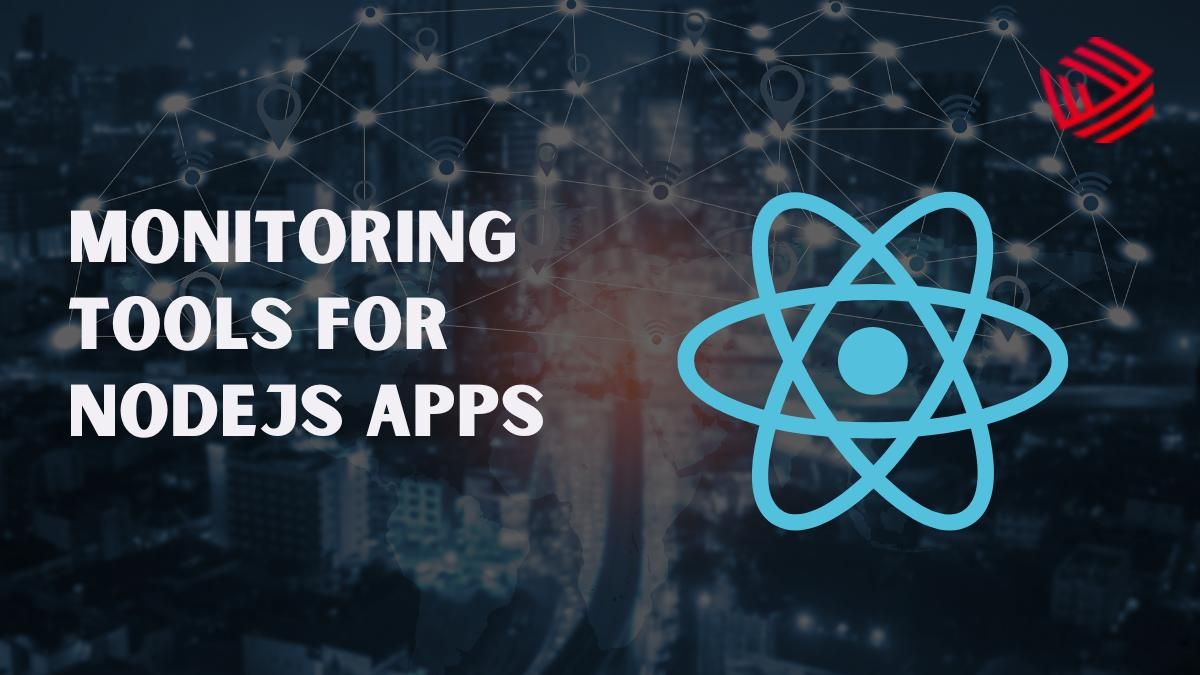A reverse proxy is a server that sits between client devices and web servers, forwarding client requests to the appropriate backend server. Unlike a forward proxy (which hides the client), a reverse proxy hides the backend server and performs tasks such as load balancing, SSL termination, caching, compression, and security filtering.
In addition to load balancing, SSL termination, caching, web acceleration, and security, reverse proxies provide a variety of critical functions that enhance application performance, scalability, and reliability. One such function is application firewalling, where the reverse proxy acts as a barrier between the client and the application server, inspecting incoming requests for malicious patterns, cross-site scripting (XSS), SQL injection, and other threats. This is often implemented through an integrated Web Application Firewall (WAF). Reverse proxies also facilitate content rewriting and URL manipulation, which allows administrators to rewrite URLs on the fly, redirect users seamlessly, or implement SEO-friendly URL structures without modifying backend code. Another powerful feature is global server load balancing (GSLB), which directs users to the nearest or healthiest server location based on geolocation or server response time—crucial for high-availability systems with global reach. Reverse proxies can also handle authentication and single sign-on (SSO) processes, ensuring users are properly authenticated before accessing backend services. This helps centralize security policies and simplifies user management across distributed systems. For better web development, adopting reverse proxies is a key move toward delivering responsive and resilient websites.
Additionally, reverse proxies often support rate limiting and traffic shaping, which control the number of requests a user can make in a given time, thus preventing abuse, bot attacks, or service outages during traffic spikes. They also offer connection pooling to maintain a persistent connection with backend servers, reducing the overhead of creating new connections for every request and improving efficiency under high loads. Furthermore, reverse proxies can assist with A/B testing and blue-green deployments by intelligently routing subsets of users to different backend versions, enabling gradual feature rollouts and minimizing the risk of failed deployments. Lastly, many modern reverse proxies support protocol translation—converting between HTTP/1.1, HTTP/2, gRPC, and WebSocket protocols to ensure compatibility across various clients and services. Together, these functions make reverse proxies indispensable tools in building fast, secure, and scalable web architectures.
Top Reverse Proxy Tools
1. NGINX
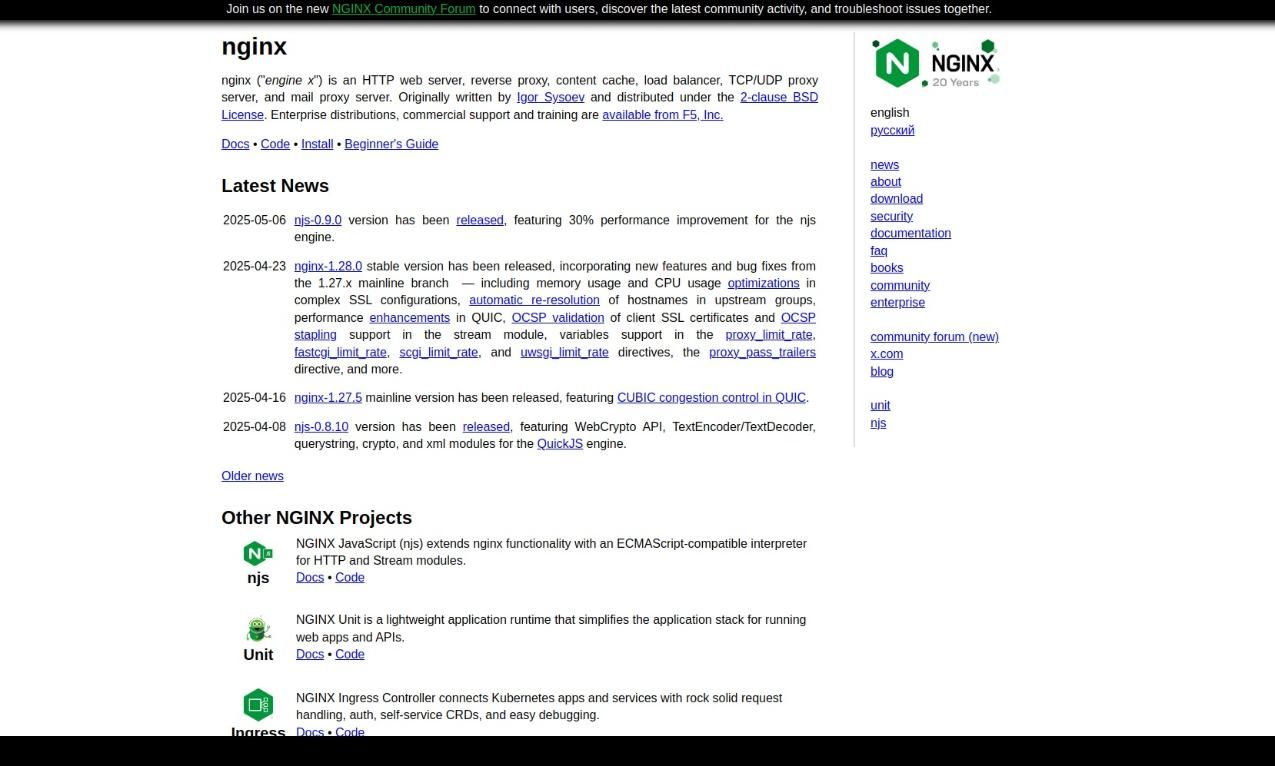
One of the most popular reverse proxy tools used globally for its high performance and flexibility. Many software development processes can include reverse proxies in their standard DevOps toolchain to ensure scalability and uptime.
Key Features:
- Load balancing (round robin, least connections, IP hash)
- SSL/TLS termination
- HTTP/2 and gRPC support
- Static file caching
Use Case: Ideal for high-traffic websites and microservice architectures.
Pricing: Free (open source) and commercial (NGINX Plus)
2. Apache HTTP Server (mod_proxy)
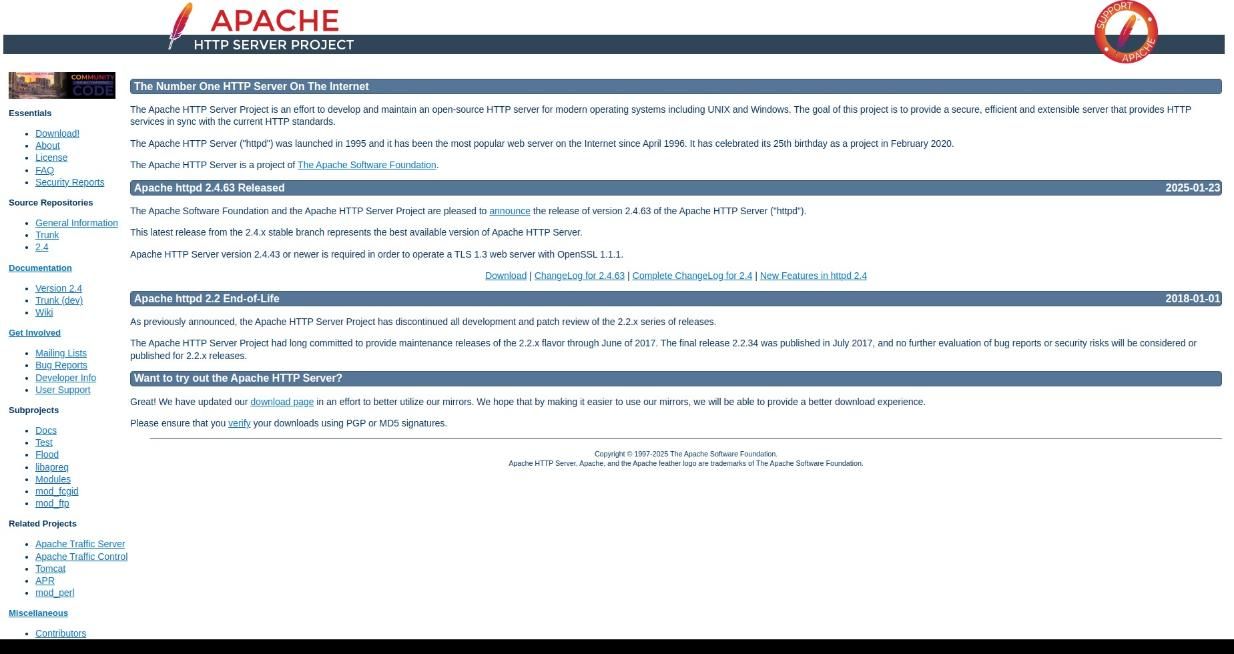
A robust open-source server that includes reverse proxy capabilities through modules. Flutter developers building cross-platform applications can deploy reverse proxies to streamline backend connectivity and API management.
Key Features:
- Dynamic load balancing
- URL rewriting and header manipulation
- IPv6 support
- Integration with mod_ssl for HTTPS
Use Case: Best for existing Apache setups or where advanced module support is needed.
Pricing: Free (open source)
3. HAProxy
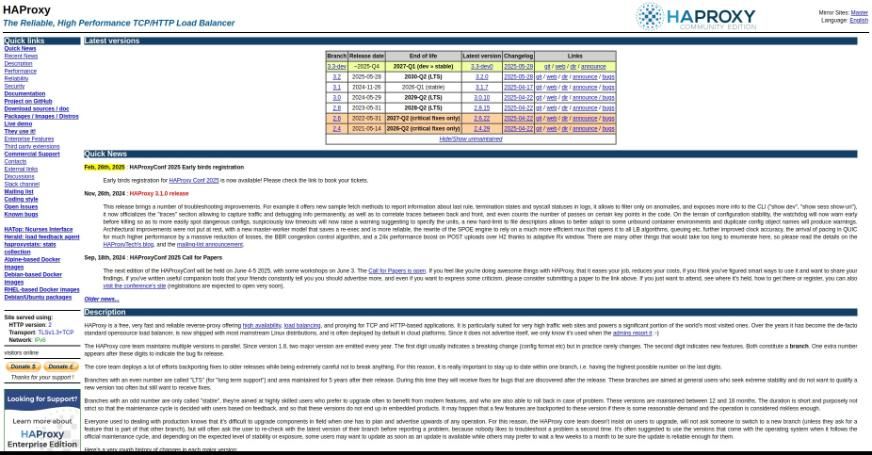
A fast and reliable reverse proxy and load balancer for TCP/HTTP-based applications. In a modern full stack environment, reverse proxies serve as essential middleware that bridges front-end requests with backend logic.
Key Features:
- Layer 4 and Layer 7 load balancing
- Advanced health checks
- Connection persistence and stickiness
- Extensive metrics and logging
Use Case: Enterprise-grade traffic handling, API gateways, and real-time applications.
Pricing: Free (open source) and commercial (HAProxy Enterprise)
4. Traefik
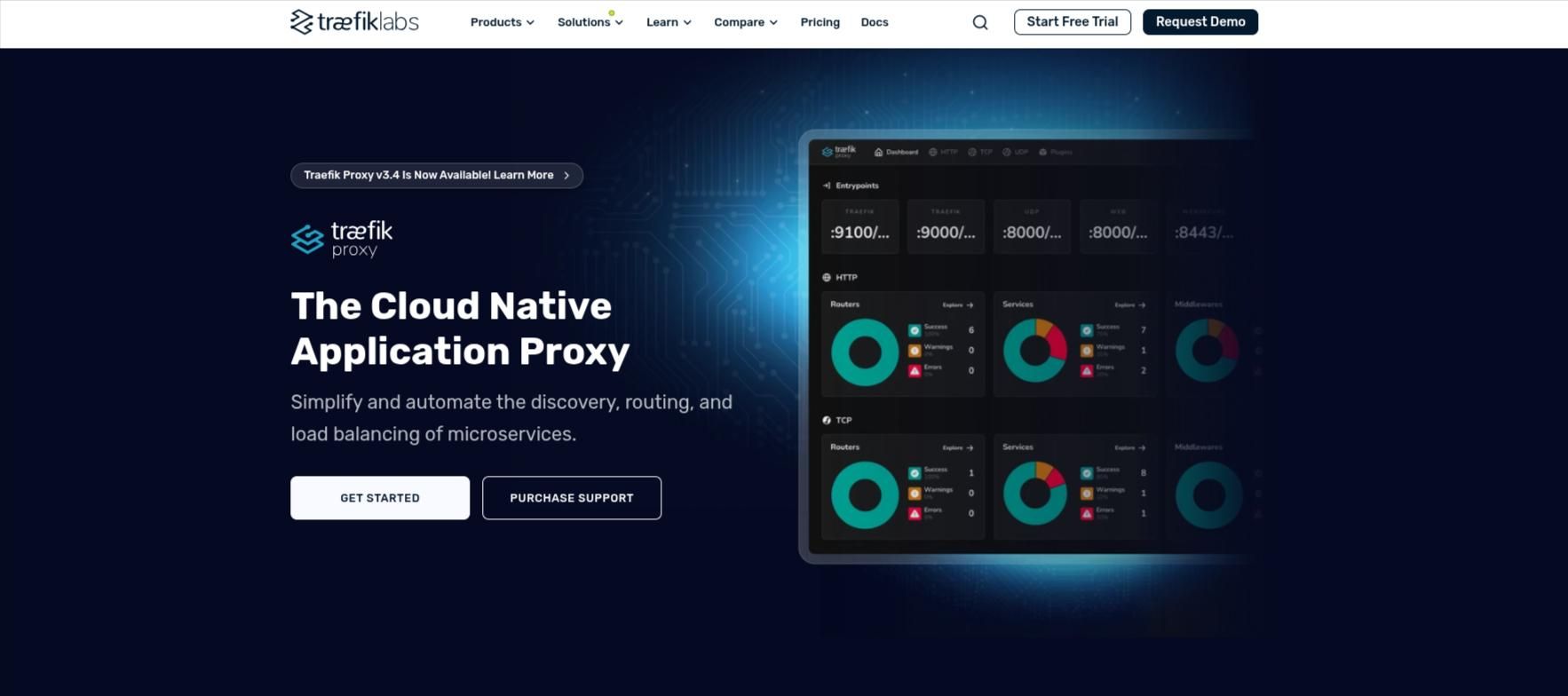
A modern reverse proxy built for dynamic environments like Kubernetes and Docker.
Key Features:
- Auto-discovery of services
- Native integration with Docker, Consul, Kubernetes
- SSL via Let’s Encrypt
- Real-time dashboard and metrics
Use Case: Best for containerized and cloud-native applications.
Pricing: Free (open source) and paid (Traefik Enterprise)
5. Caddy Server

A lightweight and secure reverse proxy with automatic HTTPS configuration.
Key Features:
- Automatic HTTPS with Let’s Encrypt
- Simple configuration via Caddyfile
- HTTP/3 support
- Built-in metrics and access logs
Use Case: Developers who need simple, secure deployment with minimal configuration.
Pricing: Free (open source) and commercial options available
6. Envoy Proxy
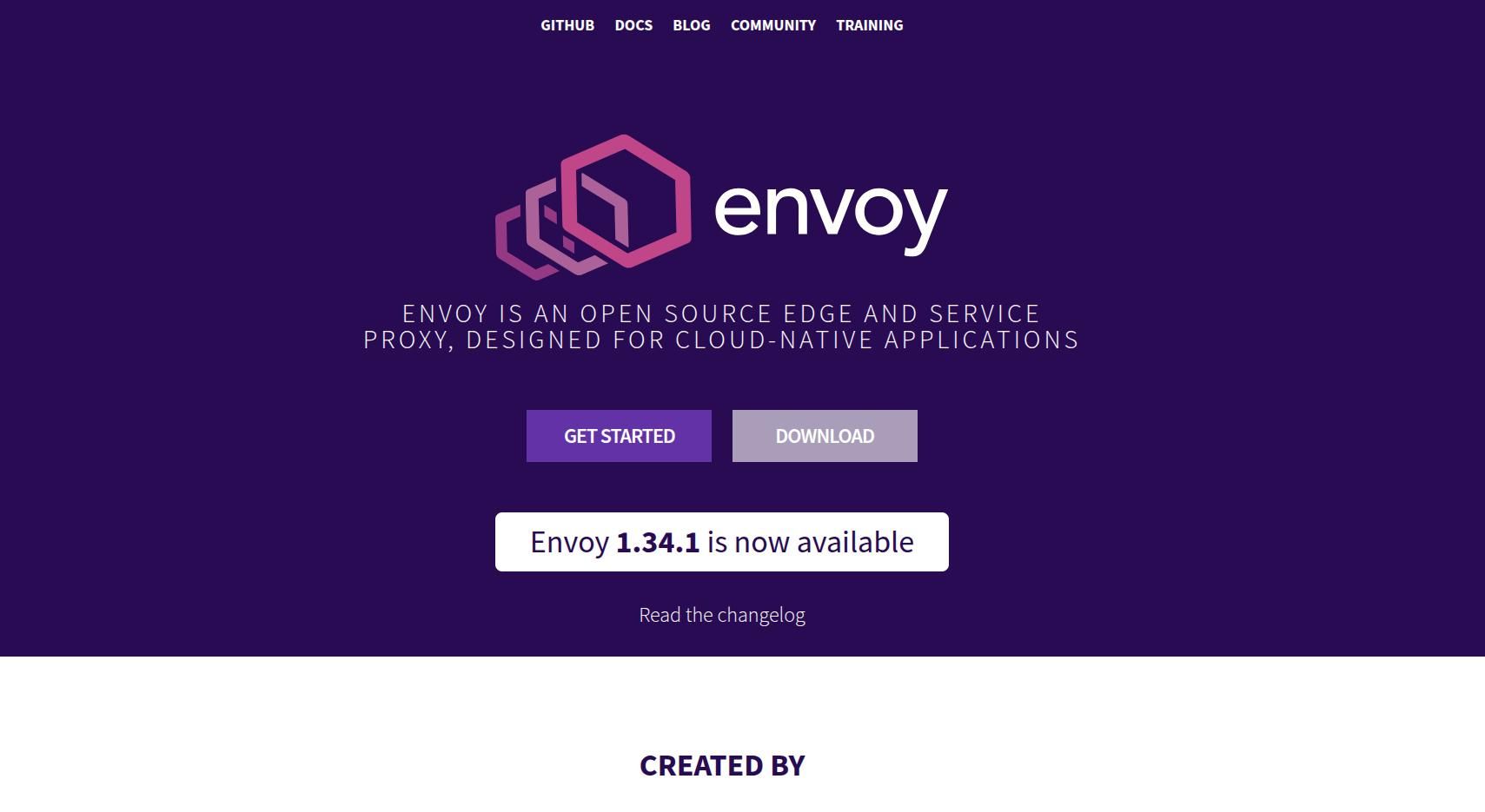
A high-performance edge and service proxy designed for cloud-native applications.
Key Features:
- HTTP/2 and gRPC support
- Advanced load balancing and retries
- Distributed tracing and observability
- Deep Kubernetes integration
Use Case: Service mesh sidecar proxy or modern API gateways.
Pricing: Free (open source)
7. Squid Proxy
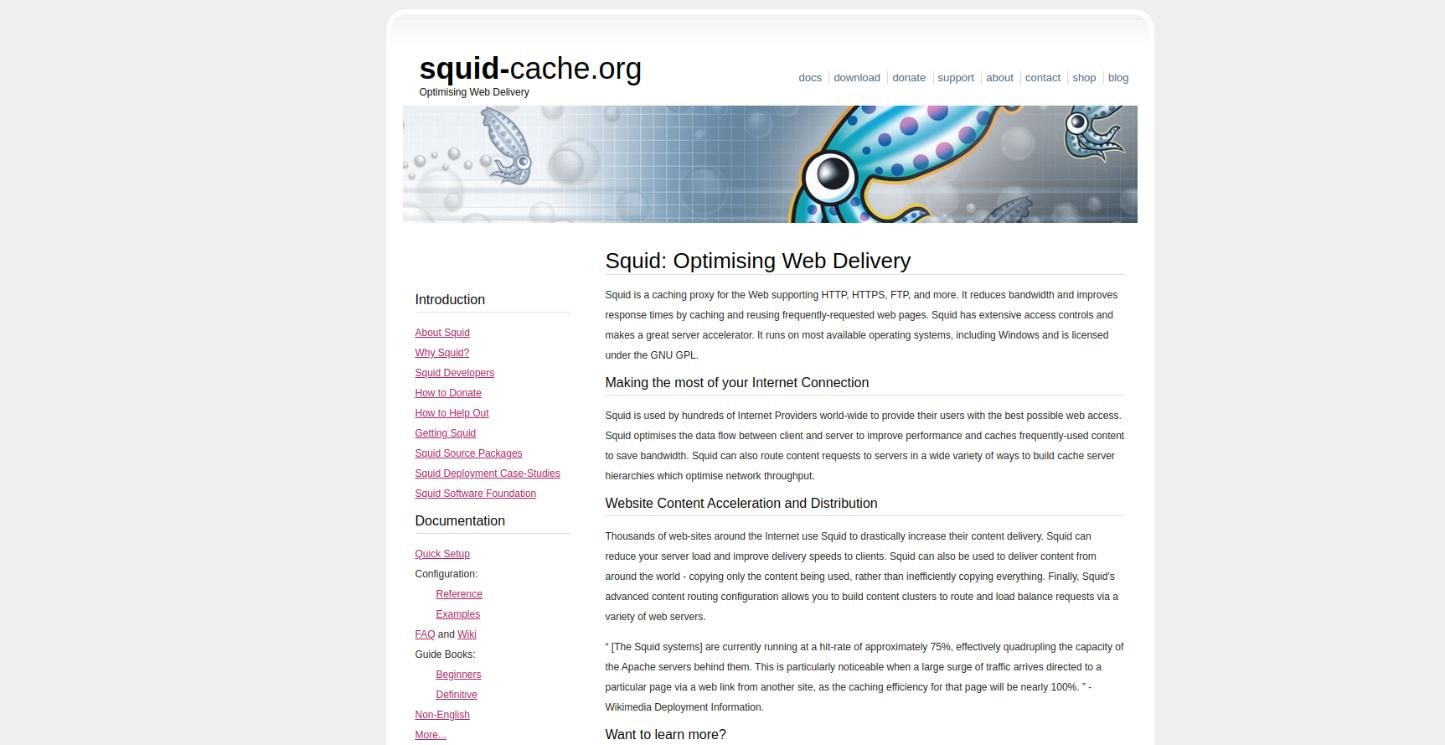
A caching and forwarding proxy server that can be configured as a reverse proxy.
Key Features:
- Caching for web acceleration
- ACLs and filtering
- SSL bumping (decrypts HTTPS for inspection)
- Bandwidth management
Use Case: Efficient content delivery and caching-heavy environments.
Pricing: Free (open source)
8. AWS Application Load Balancer (ALB)
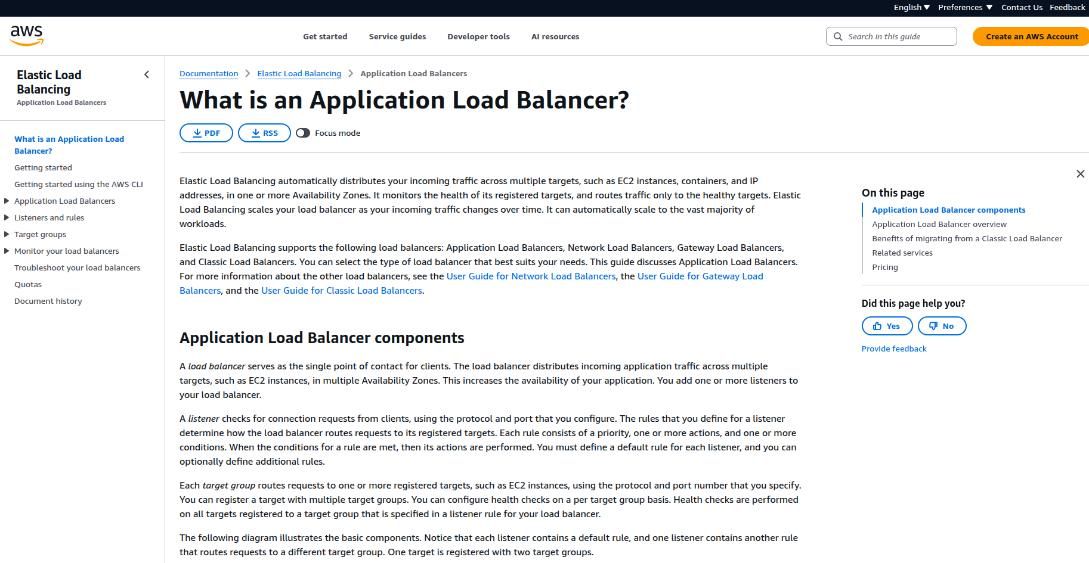
A managed reverse proxy and load balancing service on AWS.
Key Features:
- Layer 7 (HTTP/HTTPS) routing
- Host and path-based routing
- WebSocket support
- Integrated with AWS WAF, CloudWatch, and Auto Scaling
Use Case: Scalable reverse proxy in AWS environments.
Pricing: Pay-as-you-go (based on usage)
9. Microsoft Azure Application Gateway
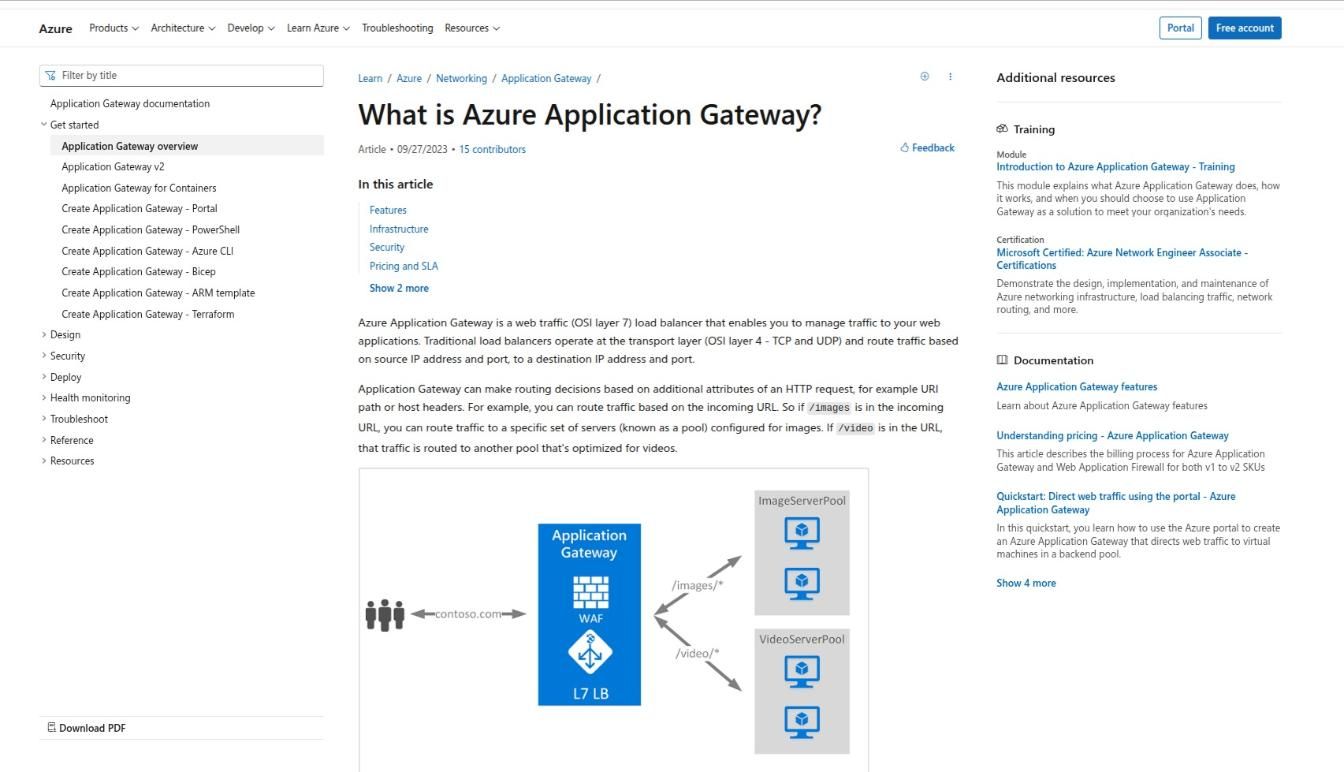
A web traffic load balancer and reverse proxy for Azure-hosted applications.
Key Features:
- SSL offloading
- Web Application Firewall (WAF)
- URL-based routing
- Autoscaling and zone redundancy
Use Case: Enterprise-grade applications on Azure.
Pricing: Pay-as-you-go
10. Kong Gateway
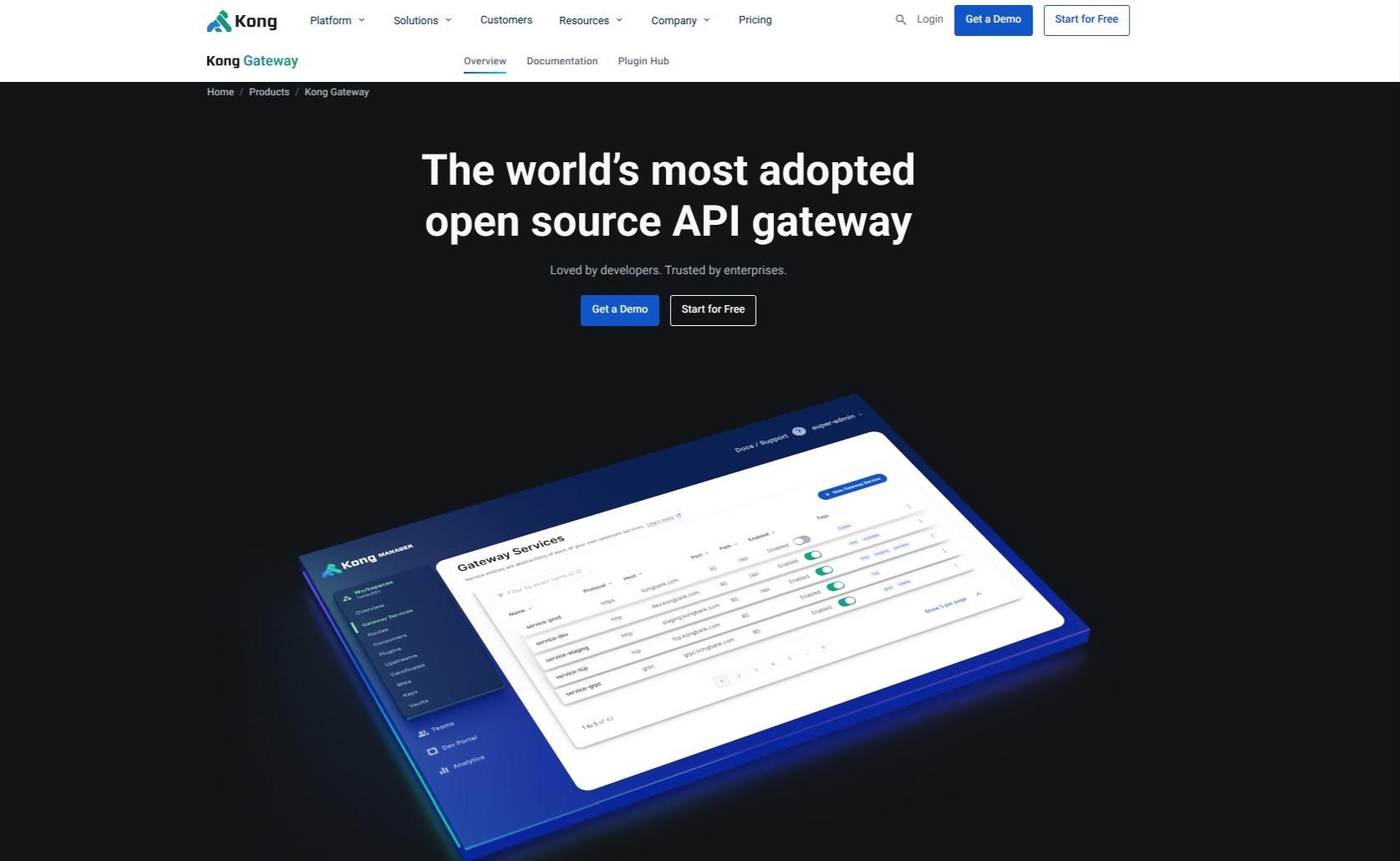
An API gateway that also serves as a powerful reverse proxy.
Key Features:
- Load balancing and circuit breaking
- Rate limiting and authentication plugins
- Developer portal and analytics
- Kubernetes-native support
Use Case: Secure and scalable API management.
Pricing: Free (open source) and Enterprise plans available
Choosing the Right Reverse Proxy Tool
When selecting a reverse proxy tool, consider:
- Your Tech Stack: NGINX/Apache for traditional setups, Traefik/Envoy for microservices.
- Cloud or On-Prem?: AWS ALB/Azure Gateway for cloud-native; HAProxy or Caddy for self-hosted.
- Performance Needs: Envoy and HAProxy offer top-tier performance and low latency.
- Ease of Use: Caddy and Traefik are easier to configure and maintain.
Choosing the Best Reverse Proxy Tool for Your Infrastructure
In today’s digital-first ecosystem, the choice of the right reverse proxy tool has become a pivotal architectural decision. Whether you're managing monolithic applications or orchestrating microservices across a multi-cloud environment, reverse proxies lie at the heart of traffic management, security, scalability, and user experience. Python developers should know the configuring of reverse proxies for Flask or Django applications.
The Strategic Role of Reverse Proxies
Reverse proxies do far more than just routing client requests to backend servers. They:
- Act as gatekeepers: Filtering, authenticating, and shaping traffic before it hits your servers.
- Ensure reliability: With load balancing and failover mechanisms.
- Deliver speed: Through caching and content optimization.
- Boost security: By shielding backend servers and integrating WAF (Web Application Firewall) functionalities.
Performance, Security, and Observability
In the modern DevOps lifecycle, reverse proxies must do more than just route traffic:
1. Performance
Tools like HAProxy and Envoy are optimized for extremely low latency, offering sub-millisecond request routing. These are essential when dealing with mission-critical apps where every millisecond matters.
2. Security
Security capabilities range from SSL termination to DDoS protection, rate limiting, and header sanitization. Kong, AWS ALB, and Azure Gateway particularly excel in enterprise-grade security.
3. Observability
Reverse proxies must offer insights into traffic behavior. Tools like Envoy and Traefik natively support Prometheus, Grafana, Zipkin, and Jaeger. This ensures developers can trace requests, measure latencies, and pinpoint bottlenecks in real time.
Configuration and Management Complexity
- Caddy and Traefik win on ease of configuration. Developers can go live with a few lines of config.
- NGINX and HAProxy require more in-depth understanding but provide advanced control.
- Envoy and Kong offer enterprise-level extensibility, but come with a learning curve.
- Managed services (AWS ALB, Azure Gateway) abstract away the complexity but limit customization.
If your team values rapid setup, tools like Caddy or Traefik are excellent. If you need fine-tuned control, opt for NGINX or HAProxy.
Future Trends: What’s Next for Reverse Proxy Tools?
As digital infrastructure evolves, reverse proxy tools are evolving too. Here's what we can expect:
1. Service Mesh Integration
Tools like Envoy are already embedded in service meshes like Istio. Expect proxies to become even more integrated into mesh-native applications, offering granular traffic control and observability.
2. AI-Driven Traffic Management
Emerging projects are using AI to optimize routing decisions based on traffic patterns, user behavior, and server health in real time.
3. Edge-First Architectures
As latency becomes a major concern for global applications, reverse proxies will increasingly shift toward edge deployments, combining CDNs and proxies into single-tier systems.
4. Security-as-a-Service
Reverse proxies will offer more WAF-like features, enabling real-time threat analysis, zero-trust access, and deep packet inspection—all within the proxy layer.
Conclusion
The rise of APIs, microservices, and cloud-native architectures has made reverse proxy tools foundational to modern web infrastructure. Whether you need speed, scalability, security, or simplicity, there’s a tool built for your stack. There are several static site generators /ssg every developer should explore for static sites.
Let’s summarize our guidance:
- Use NGINX or HAProxy for performance-focused, scalable apps.
- Use Traefik or Envoy for modern DevOps/Kubernetes environments.
- Use Kong for API-first businesses with evolving needs.
- Use Caddy if you need quick deployments with built-in HTTPS.
- Use AWS ALB or Azure Gateway if you want managed services without operational overhead.
Ultimately, the best reverse proxy is one that aligns with your operational model, scales with your growth, and protects your infrastructure. Whether you're a developer deploying a side project, a DevOps engineer scaling microservices, or an enterprise architect designing a global system—reverse proxies are your silent partner in delivering reliable, secure, and fast user experiences.

